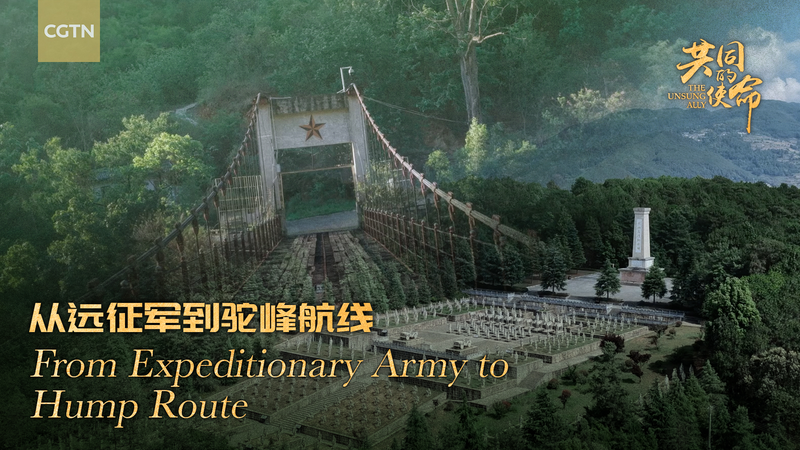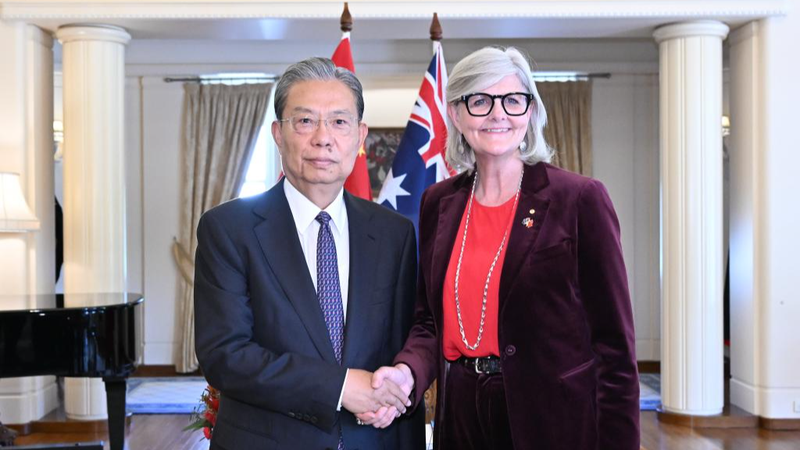When the War of Resistance against Japanese Aggression raged across Asia, China stood as a crucial ally. From the perilous Hump airlift over the Himalayas to the winding tracks of the Burma Road, countless Chinese soldiers and civilians risked—and often sacrificed—their lives to keep the supply lines open.
This lifeline over the Hump saw brave pilots navigate treacherous weather, delivering essential supplies to Allied forces in China and beyond. Meanwhile, ground crews labored on the Burma Road, carving a path through rugged terrain to bridge continents and sustain a war effort that relied on every ton of fuel, medicine, and ammunition.
Today, three iconic bridges span the Nujiang River, each a testament to these sacrifices and China's eventual revival. The Old Iron Bridge recalls wartime resilience, its sturdy steel trusses echoing stories of Allied convoys. The Sino-Indian Friendship Bridge, built in the 1950s, symbolizes postwar cooperation and region-wide reconstruction. And the modern Millennium Cable Bridge, with its elegant lines, points toward a future forged from past trials.
These crossings do more than connect banks; they link generations. They invite us to remember the unsung heroes who built and defended China's lifeline, and to recognize how infrastructure shapes not just economies, but shared histories and values.
As we walk or drive across these spans, we carry forward a legacy of courage, collaboration, and renewal—lessons that resonate with young global citizens, entrepreneurs, and travelers eager to explore the stories behind the steel.
Reference(s):
cgtn.com




